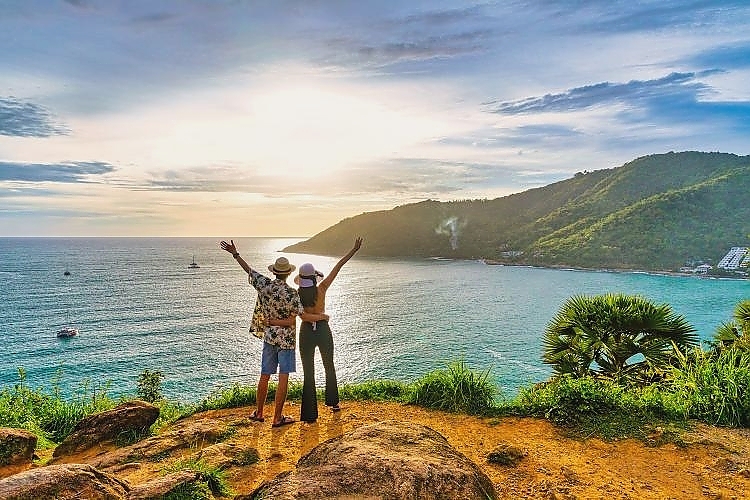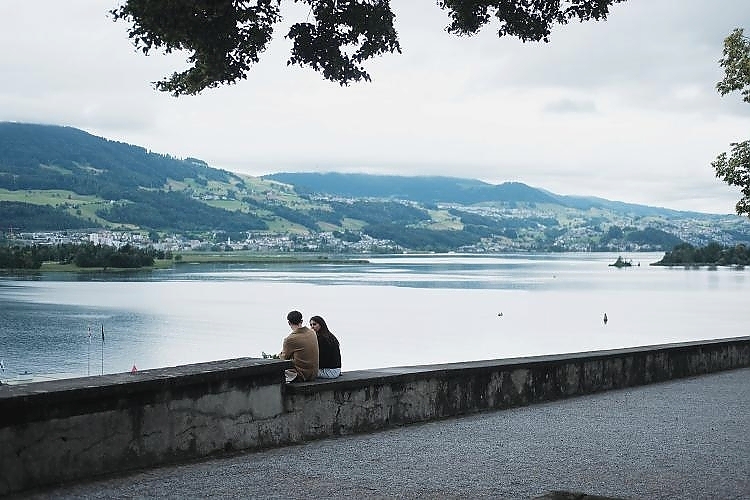In recent years, castle-stays and temple-stays have risen in popularity and allow international visitors to experience being lords, ladies, or even monks for a night. Japan National Tourism Organization Kuala Lumpur Office (JNTO KL) is delighted to share interesting information about unique accommodation experiences that reflect Japanese culture and rich history.

Ozu Castle, located in Ehime Prefecture, was the first castle in Japan that allowed guests to stay in the castle tower. This majestic castle was reconstructed in 2004 using UNESCO-registered traditional techniques which were revived for the project, and its doors were opened to guests from around the world in 2020. Discerning guests will be able to experience the grandeur and atmosphere the way that Sadayasu Kato, the first lord of the domain, did so in the 1600s, and even experience dinner in the style of the 17th century lords. Both the castle and Garyu Sanso, a historic tea house complex, have been declared as Important Cultural Properties of Japan.



Just off the coast of Kyushu Island, in Nagasaki Prefecture lies Hirado Castle, where the historic castle turret Kaiju Yagura is available as a private retreat for those looking to immerse themselves in the culture of Hirado. Kaiju Yagura was renovated in 2020 and its interiors feature a modern take on Japanese aesthetics with an emphasis on locally sourced natural materials. Hirado Castle can also arrange various unique cultural experiences, such as iaijutsu, a combative quick-draw sword technique practiced by samurai, private meals with a personal chef, and renting an elegant kimono for a tea ceremony at the local Zen temple.
For those looking to experience the spiritual side of Japan, temple-stays might be preferred. At one of Japan’s oldest and most important Buddhist temples, Zenkoji, Nagano Prefecture, guests can participate in activities including a ‘goma’ prayer (fire ceremony), ‘shakyo’ (brush meditation) or ‘zazen’ (seated meditation) along with attendance at the temple’s daily ‘O-Asaji’ (morning ceremony). It’s also well-known for shojin ryori (traditional Buddhist cuisine) which is seasonal and based on local fruits and vegetables. Nagano City is accessed from Tokyo Station in under 2 hours by the shinkansen, so it’s a great place to visit for those looking for an overnight stay outside of Tokyo itself.


Those who prefer private experiences may opt for the temple-stay at Miidera Temple, Shiga Prefecture. The temple has been welcoming everyone from emperors to worshippers for thousands of years, and its 400-year-old quarters are available as a private retreat which offers an immersive experience to connect visitors with Miidera and local culture. Experiences such as an exclusive dinner served by one of Shiga’s top Kaiseki restaurants, Kiyomoto, shakyo, zazen, and yamabushi (mountain ascetic strolling) are available here.
Be it a castle or temple, lord or monk, unique accommodations like these are not just places to sleep, but ways to immerse yourselves in the rich culture and history of various parts of Japan. In the up coming years, visitors can look forward to the opening of several unique accommodations, including Fukuyama Castle, Hiroshima Prefecture and Nakatsu Castle, Oita Prefecture.
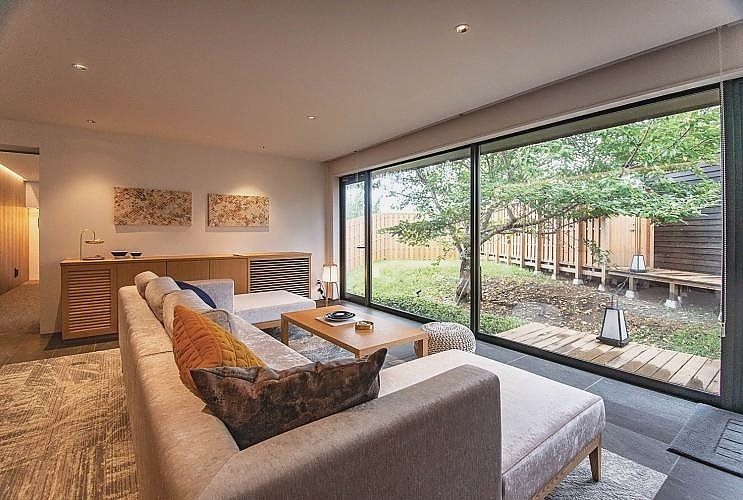
For more information, please visit:
www.japan.travel/en/my or Facebook / Instagram
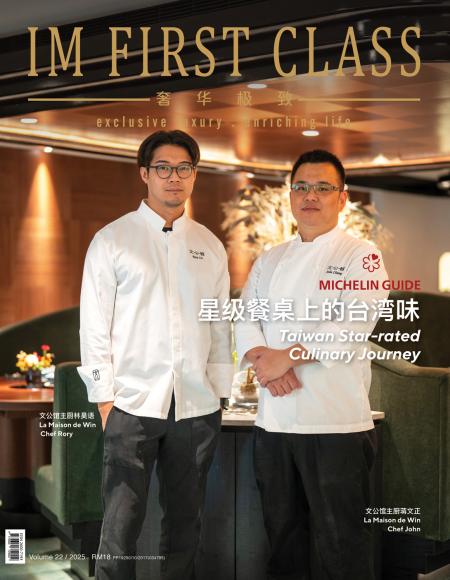
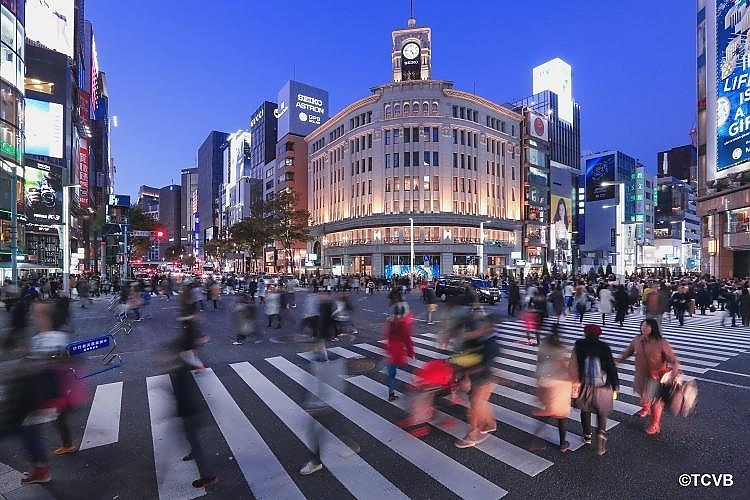
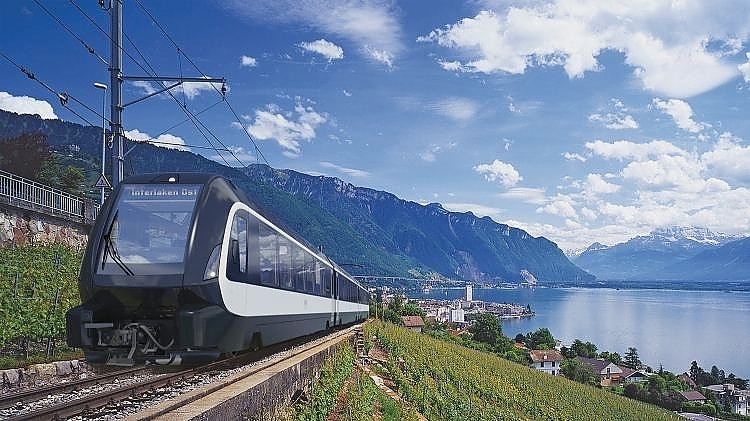
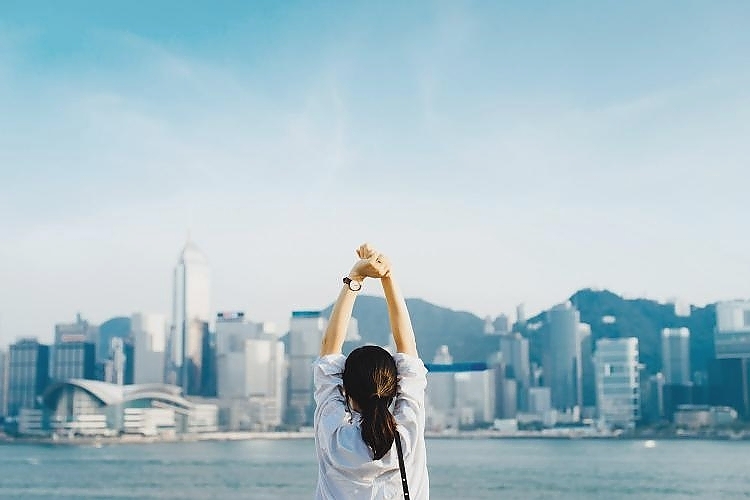

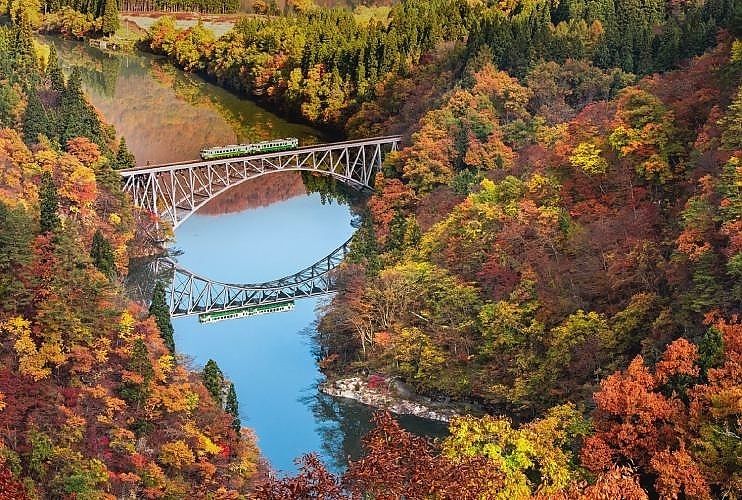
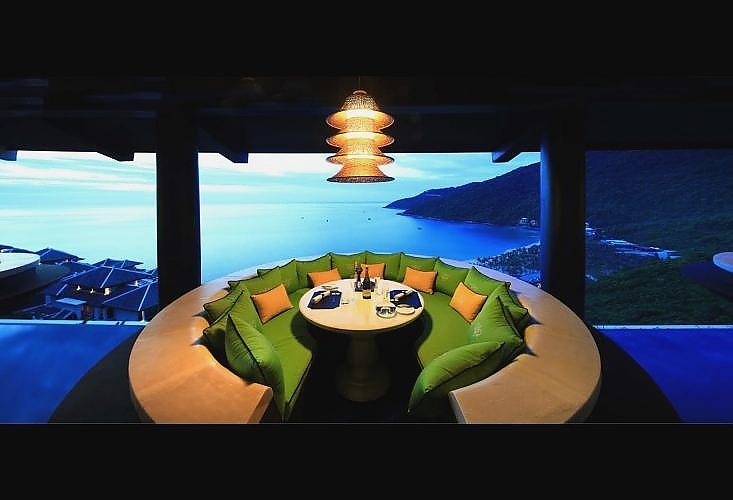
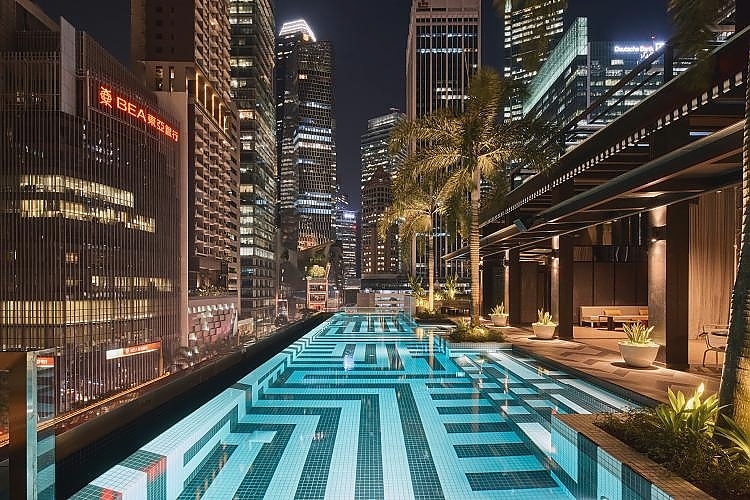






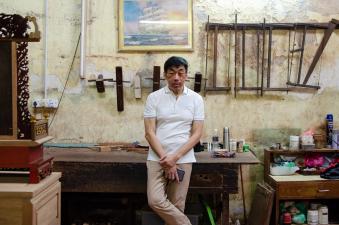


__thumb.jpg)



